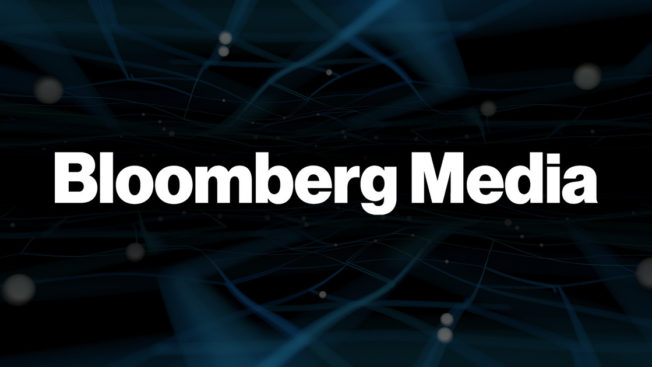Master evolving third-party data. Our guide with Datonics debunks misconceptions, offers insights for data selection and respects privacy. Download now.
Showing that publishers are better off controlling their own programmatic destiny, news publisher Salon has grown revenue after cutting off access to its inventory for the vast majority of resellers earlier this year. That increase comes from being able to charge more for its inventory and also by reducing its ad-tech fees.
Salon limited its resellers under the assumption that working with them gives publishers less control over pricing their inventory, ultimately reducing margins.
“Rather than us getting a CPM that’s reflective of many different sites, [including those] less premium than ourselves, by standing alone, we command more of a premium,” said chief revenue officer Justin Wohl. “There is not one ounce of let’s go back to that reseller thing. We’re going to keep on tightening versus opening again.”
Salon started pruning its resellers in May. In July, revenue per thousand impressions (RPMs), a metric based on revenue from programmatic display and page views, was up 83% compared with January. Salon, which declined to give exact financial figures, generates all of its revenue from open web display programmatic.
Resellers have been falling out of favor for several years now in the programmatic industry. The IAB released the ads.txt protocol in 2017 in part to root out unauthorized resellers. As supply path optimization (SPO) has grown in popularity, the impulse to trim unnecessary ad-tech partners, on the buy and sell side, has only grown.
Yet most publishers have chosen direct deals and private marketplaces to implement their SPO strategies, with the notion that the open marketplace itself is inherently uncontrollable. The revenue gains that Salon has posted since removing resellers are preliminary evidence that open web programmatic and SPO strategies can coexist.
Salon’s growth in RPMs outpaced the growth of the wider industry between January and July.
CPMs, which are highly correlated with RPMs, for open auction programmatic in the U.S. only rose by 21% between January and July 2023, according to Operative’s STAQ benchmarking data. Operative draws CPM data directly from ad servers and supply-side platforms (SSPs), representing over 30 publishers, more than 50 SSPs, and over $3 billion in revenue on an annual basis.
Cutting out resellers may have helped stem the losses of Salon’s lagging 2023. For the first half of 2023, Salon’s RPMs were down 46% compared to the first half of 2022. The overall market, as measured by Operative, was down but not as drastically: CPMs were down 14% for the first half of 2023 compared to the first half of 2022.


